Pimsleur Comprehensive Hindi Level 1 - Discount - Audio 16 CD
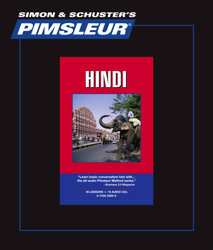
Pimsleur Comprehensive Hindi Level 1
Get other Hindi Language audio click here
Upon completion of this Level I program, you will have functional spoken proficiency with the most-frequently-used vocabulary and grammatical structures. You will be able to:
* initiate and maintain face-to-face conversations,
* deal with every day situations -- ask for information, directions, and give basic information about yourself and family,
* communicate basic information on informal topics and participate in casual conversations,
* avoid basic cultural errors and handle minimum courtesy and travel requirements,
* satisfy personal needs and limited social demands,
* establish rapport with strangers in foreign countries,
* begin reading and sounding out items with native-like pronunciation.
About the Hindi Language
Hindi is the name given to an Indo-Aryan language, or a dialect continuum of languages, spoken in northern and central India (the "Hindi belt"), It is the national language of India.
The native speakers of Hindi dialects between them account for 40% of the Indian population (1991 Indian census). Standard Hindi is one of the 22 official languages of India, and is used, along with English, for administration of the central government. Standard Hindi is a Sanskritized register derived from the khari boli dialect. Urdu is a different, Persianized, register of the same dialect. Taken together, these registers are historically also known as Hindustani.
"Hindi" as the term for a language is used in at least four different but overlapping senses:
1. defined regionally, Hindi languages, i.e. the dialects native to Northern India
in a narrower sense, the Central zone dialects, divided into Western Hindi and Eastern Hindi
in a wider sense, all languages native to north-central India, stretching from Rajasthani in the west and Pahari in the northwest to Bihari in the east.
2. defined historically, the literary dialects of Hindi literature, that is, historical regional standards such as Braj Bhasha and Avadhi.
3. defined as a single standard language, Modern Standard Hindi, or "High Hindi", that is, highly Sanskritized Khari boli
4. defined politically, Hindi is any dialect of the region that is not Urdu. This usage originates in the Hindi-Urdu controversy in the 19th century, and is that adopted by the official Indian census (as of 1991), which includes as Hindi a wide variety of dialects of the Hindi belt (adding up to a fraction native speakers of 40% of the total population), but lists Urdu as a separate language (with 5.8% native speakers).
The word Hindī is of Persian origin and literally means "Indian", comprising Hind "India", and the adjectival suffix -ī. The word was originally used by Muslims in north India to refer to any Indian language: for example the eleventh-century writer Abū Rayhān al-Bīrūnī used it to refer to Sanskrit. By the 13th century, "Hindi", along with its variant forms "Hindavi" and "Hindui", had acquired a more specific meaning: the "linguistically mixed speech of Delhi, which came into wide use across north India and incorporated a component of Persian vocabulary". It was later used by members of the Mughal court to distinguish the local vernacular of the Delhi region where the court was located from Persian, which was the official language of the court.
Evidence from the 17th century indicates that the language then called "Hindi" existed in two differing styles: among Muslims it was liable to contain a larger component of Persian-derived words and would be written down in a script derived from Persian, while among Hindus it used a vocabulary more influenced by Sanskrit and was written in Devanagari script. These styles eventually developed into modern Urdu and modern Hindi respectively. However the word "Urdu" was not used until around 1780: before then the word "Hindi" could be used for both purposes. The use of "Hindi" to designate what would now be called "Urdu" continued as late as the early twentieth century. Nowadays Hindī as taken to mean "Indian" is chiefly obsolete; it has come to specifically refer to the language(s) bearing that name.
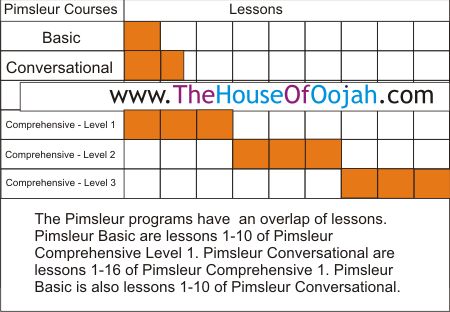

 0 Items (Empty)
0 Items (Empty)

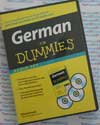

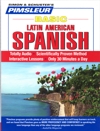
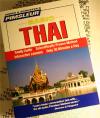
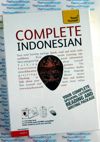
 (Custom).png)
